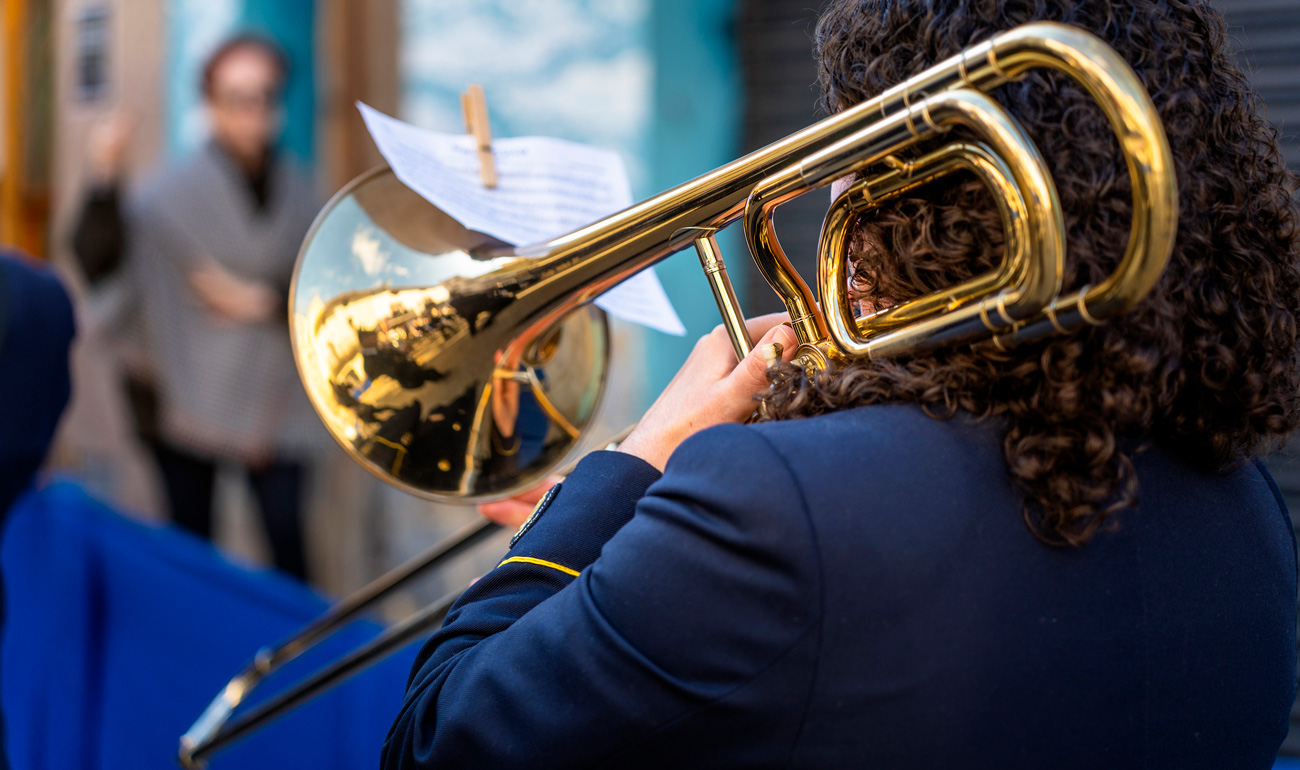Ultimate Guide: What is a Brass Band?
23rd January 2019
What is a brass band? Well, in essence, it is exactly what it sounds like, it’s a collection of players of brass instruments who perform pieces of music with their brass instruments. However, the history and complexity of the brass band may surprise you.
A modern way of making music?
Whilst many bands and instruments can boast a long history spanning many centuries, the British brass band really only dates back to the 18th century and the industrial revolution – making it relatively modern in musical history.
As the working classes became more politicised, many mill owners and industrialists sought to dampen the political enthusiasm of their workers and focus their attention more fully on their jobs. The brass bands of the mills and mines were created to give workers a distraction – many hours of practice outside of working hours would be required to get a band up to scratch. Throw in a couple of incentives such as prizes and competitions and you had a thoroughly politically distracted and therefore more compliant workforce.
Who was the first brass band in the UK?
It’s hotly disputed amongst brass band aficionados as to which was the very first brass band in England, but two bands in particular have the longest running traditions and so are generally considered the oldest, Yorkshire’s Black Dyke Mills Brass Band first founded around 1816 and Lancashire based Besse’s o’ th’ Barn Brass Band which was established in 1818. Whichever was first, the popularity and growth of the brass band should not be underestimated and by 1860 there were over 870 brass bands across the country.
What instruments generally make up a brass band?
It’s everything you would expect; trombones, cornets, flugelhorns, tenor horns, baritone horns, Eb bass, euphoniums, and many more. However, many brass bands have percussion within them also.
It might help to think a little deeper about what constitutes a brass instrument. A brass instrument is defined as a lip-vibrated instrument, that is where the player creates a vibration of their lips against a cup or funnel shaped mouthpiece, which then allows air to pass through a tubular resonator. The largest brass instrument is the Tuba and the smallest brass instrument is either the Piccolo Trumpet or the French Horn.
The size of your brass instrument generally corresponds to the pitch at which the music produced sounds, for example the Eb and Bb Basses, which are the largest instruments in a brass band, are also the lowest in pitch, giving a deep baritone sound. The Cornet, in contrast, creates a higher sound in the brass band. These brass instruments, as well as the full range in between, complement each other perfectly in a brass band, creating a beautiful and unique sound.
Brass bands have become a British icon, a musical symbol of the industrial revolution, and whilst many of the mills and mines that they were born from have since closed, the traditions and sense of community of the hundreds of surviving brass bands will be here for many years to come.